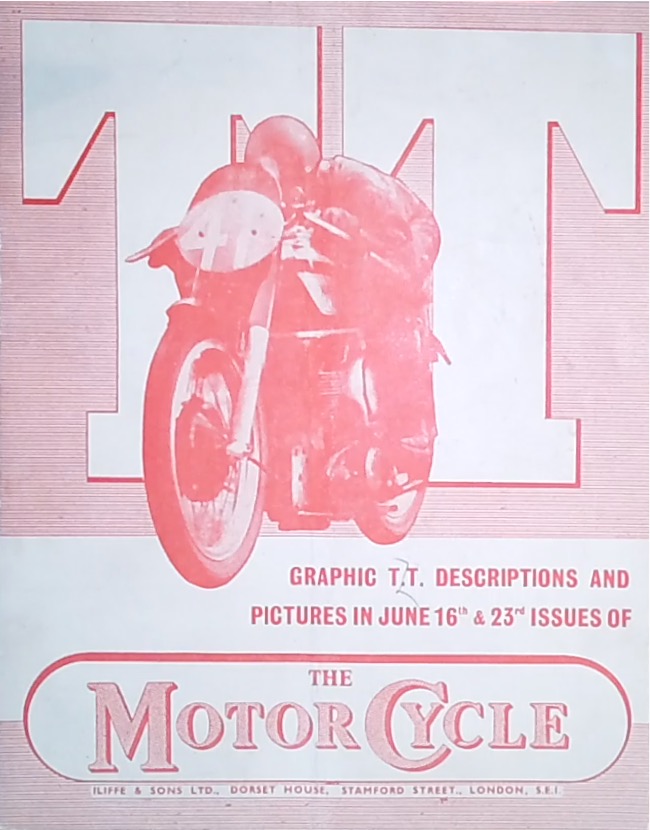That in-built desire and hunger to win was the same but everything else was totally different. Just what would those riders dressed in two-piece black leathers, pudding basin helmets and goggles, made of the MotoGP™ grid that lined up under the Qatar floodlights last Sunday?
Seventy-five years earlier the World was a very different place. To launch a World Championship less than four years after the finish of the most devastating war the World had ever witnessed was brave, some would have thought impossible, but it happened. The first ever Motorsport World Championship and one of the first in any sport since the Second World War ended. The six-round Motorcycle World Championship was launched in June on the TT Mountain circuit in the Isle of Man.
Six European countries had been involved in a bitter bloody conflict that cost hundreds of thousands of lives. Countries that had been occupied by the enemy and countries that had fought each other just four years earlier, came together to produce the birth of a dream. Great Britain, Belgium, Holland, Switzerland, Ireland, and Italy hosted the new Championship that incorporated five separate classes. The 500, 250, 350 and 125cc solos and sidecars lit up the darkness that clouded a recovering Europe. The quality and intensity of the racing between riders and manufacturers set the benchmark for the next 75 years
It was a long and painful ten years for riders and manufacturers since the last international races. Star riders from the thirties had to wait a decade before returning to the saddle on the international stage. Many had represented their countries in a very different way. Some paid the ultimate price never to return home. Others fought and then returned home to continue their racing careers with great success. Les Graham the first 500cc World Champion was awarded the Distinguished Flying Cross for bravery, flying a Lancaster bomber in 1944. Bespectacled Harold Daniell won that first round of the 500cc World Championship on the Norton. He had been refused entry to the armed forces to fight in the war because of poor eyesight.
It was tough for the Italian riders, especially at the opening round on the Isle of Man which had been the site for an Italian Prisoner of War camp, but they did so much to restore national pride and respect. Bruno Ruffo won the 250cc world title riding the Italian Moto Guzzi. In the 125cc class, Nello Pagani clinched the world title for Mondial in the final round at Monza. Freddie Frith brought the British Velocette factory victory in the 350cc class after winning that very first Grand Prix on the Isle of Man. The ever-popular sidecar Championship went to the British pair of Eric Oliver and Denis Jenkinson.
It was equally tough for the manufacturers ravaged by the effects of war. Many of the Midland-based British factories had been damaged by German bombs. They realised their resurgence was based on the publicity gained from international success. The lack of development in the war meant that changes in design and engines were just beginning. The biggest change was that supercharged engines were banned. Otherwise, the World Championship grid looked very similar both in personnel and machinery to the late thirties. However, missing were the German manufacturers like BMW. They had dominated the 1939 TT race with their Boxer Supercharged 500, but were banned from competing in that first World Championship. The only challenge to the British domination in the 500cc class came from Italy and the Ancore-based Gilera factory. They only had to wait one more year for success.
It’s a truly amazing story. When the grid lines up at Portimao on Sunday, close your eyes, remember and salute those pioneers. Without them, none of this would have ever happened.


